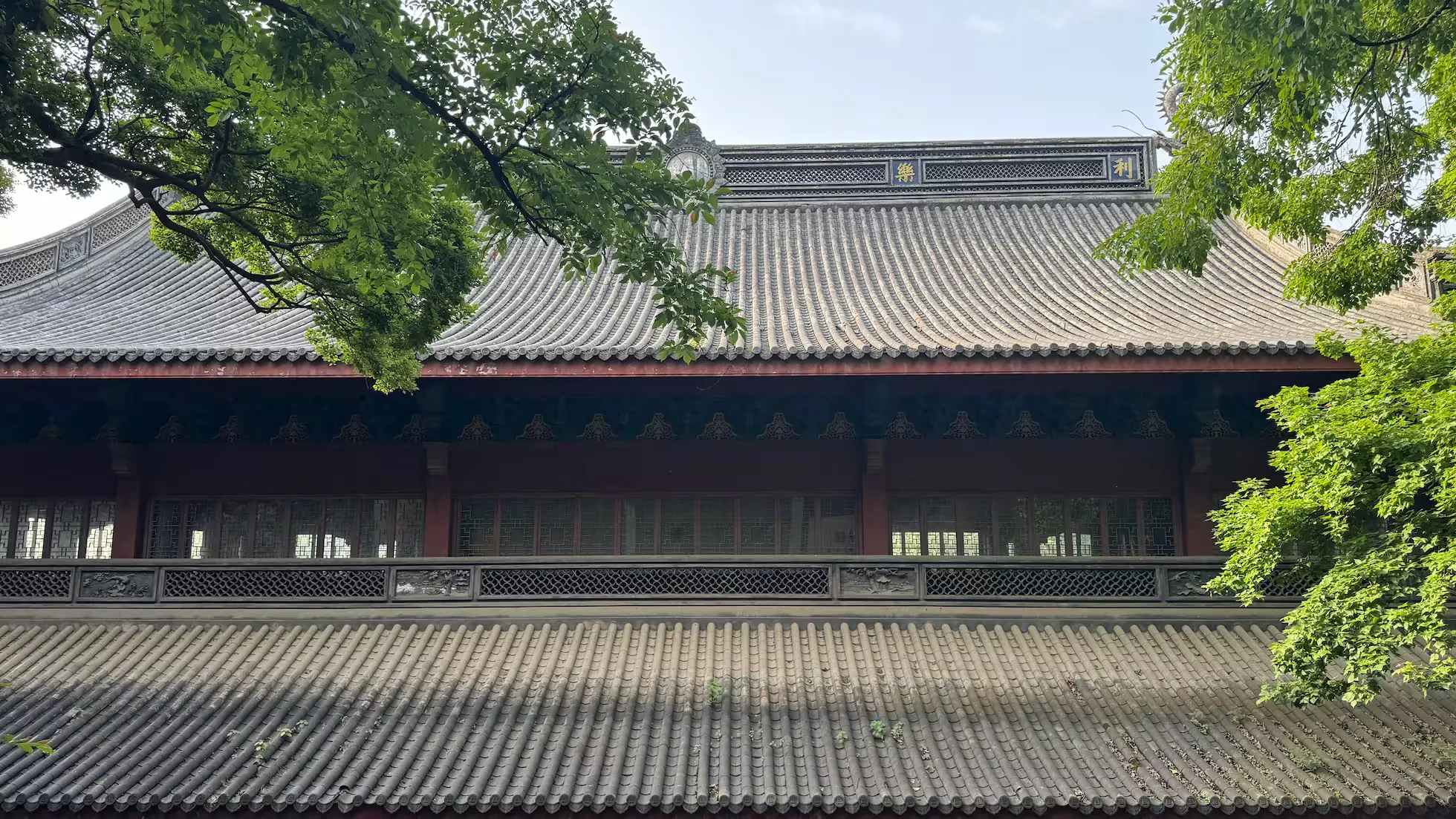Life of Pi and Back to 1942

This morning, I watched Life of Pi, and in the afternoon, I watched Back to 1942. Many parents brought their children to see Life of Pi. I believe both parents and kids came for the 3D tiger, which somewhat marred the viewing experience. The theater was occasionally filled with children’s screams and parents’ overly detailed explanations. That said, I must commend the kids for their knowledge. I didn’t recognize the meerkats, but they did. They even understood the Indian-accented English of Pi’s pronunciation of π.
In contrast, the audience for Back to 1942 included many elderly viewers with neutral hair. Likely, they were individuals who had lived through the natural disasters of 1961, seeking glimpses of their past in the film. However, under the pressure of censorship, Feng Xiaogang did not portray the 1942 famine as a calamity of its time. Instead, adhering to the tradition of historical objectivity in Chinese dynastic historiography, he presented a balanced view of Republican-era history.
The two films share several similarities. First, both were directed by renowned directors from the Chinese-speaking world. My understanding of Ang Lee comes from Chai Jing’s interview with him, while Feng Xiaogang caught my attention with a picture of his vitiligo-speckled face I saw online, his New Year comedies, and his beautiful wife Xu Fan.
Second, both films narrate survival stories. Whether it’s Pi’s drifting on the Atlantic or the landlord’s group journeying westward across the Central Plains, both are about survival, about staying alive.
Third, both films delve into the influence of religion and faith on life. Life of Pi seems to explore this theme more deeply.
Finally, both films have received acclaim from domestic audiences, which is well-deserved.
Many, like me, sought faith in Life of Pi. But for our generation, which has never truly had faith, understanding Ang Lee’s reflections on religion and belief is difficult.
Similarly, many, like me, sought traces of famine in Back to 1942. After all, it has been only about 50 years since the last famine. Yet, constrained by censorship, it is difficult to uncover genuine memories.
Published at: Nov 24, 2024 · Modified at: Aug 31, 2025


